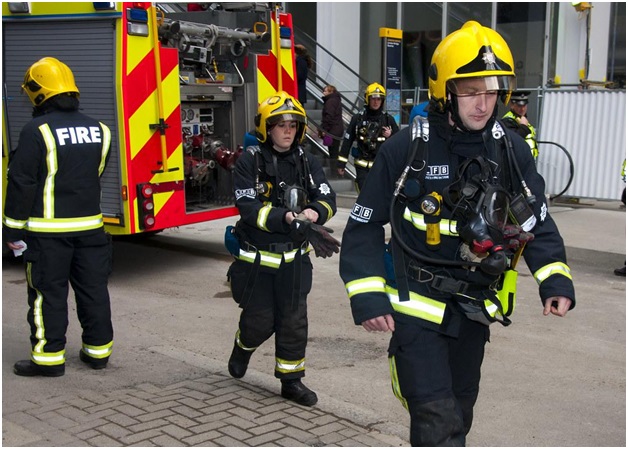An emergency can happen with any individual or group at any time. Emergencies can happen at homes as well as offices. There is a high risk of lives and property at organizations as several people are working. Emergencies can be natural disasters like earthquakes, floods, and accidents like fire breakouts, explosions, and toxic gas releases.
It is important for organizations to have an emergency evacuation plan to protect their employees from a disaster. Let us check what every emergency plan should do to protect lives in an organization.
Conditions requiring an evacuation

Many conditions lead to an emergency situation. However, all of them do not require evacuation from a place. Whether you need to evacuate or not depends on different factors. It depends on the type of situation and the characteristics of the building.
Acknowledge all people who can be impacted
Several people can be impacted like employees, customers, family members, and emergency responders in an emergency. A thorough evacuation plan should acknowledge and establish procedures for all the people who can be impacted in such situations.
Special Procedures
Mark all emergency equipment, routes, and exit locations, and make sure they are clear of obstructions at all times. If your building has many interior spaces, such as windowless staircases, consider painting arrows and exit markings with glow-to-dark photoluminescent paint.
Assign roles and responsibilities
When there is an emergency, chaos can quickly escalate, especially if no one knows what they are about to do or who is in charge. Specifying a clear chain of command that assigns tasks to specific employees with authority and responsibility for order and direct clearance can reduce confusion. Companies should aso appoint employees for other tasks, such as accounting for all employees, assisting others in need, and closing all important tasks.
Assisting Visitors and Employees
A good rule of thumb is to have one “clearance manager” for every 20 employees or visitors. The evacuation director controls offices, closes fire doors, etc. The warden should also check the visitor logs to ensure that all visitors, who are not familiar with the building’s exit routes and exit, can arrive at a safe location.
Fire safety
While businesses usually deal with severe weather and natural disaster events, they underestimate the possibility of fires. Fire is a considerable threat to which every business and organization should pay attention. A fire evacuation plan should have arrangements like fire safety equipment, fire extinguishers, emergency exits, to safely rescue employees and visitors.
Workplace Emergency Management offers emergency services and training to businesses in Australia. They are based in Sydney, but serve all across Australia and offer fire training and other emergency services to organizations. Visit their website for more details on their emergency services.
Final Words
These are the things that every organization should have in their emergency evacuation plan. Business is important, but the safety of employees and business assets comes first. Considering the factors in this post can help businesses to create an effective evacuation plan for emergency situations.

